One of the basic principles of a crabgrass management program is to prevent re-infestation by seed. You can reduce the viable seed supply by controlling seed production for several years.
Fortunately, several options are available to control crabgrass without harming St. Augustine grass, including chemical, natural, and homemade solutions.
In this blog post, we will explore each of these methods and provide recommendations for effective crabgrass control, ensuring your lawn remains pristine and crabgrass-free with the help of a crabgrass killer for St. Augustine grass.
What we cover
ToggleWhat will kill crabgrass but not St. Augustine?
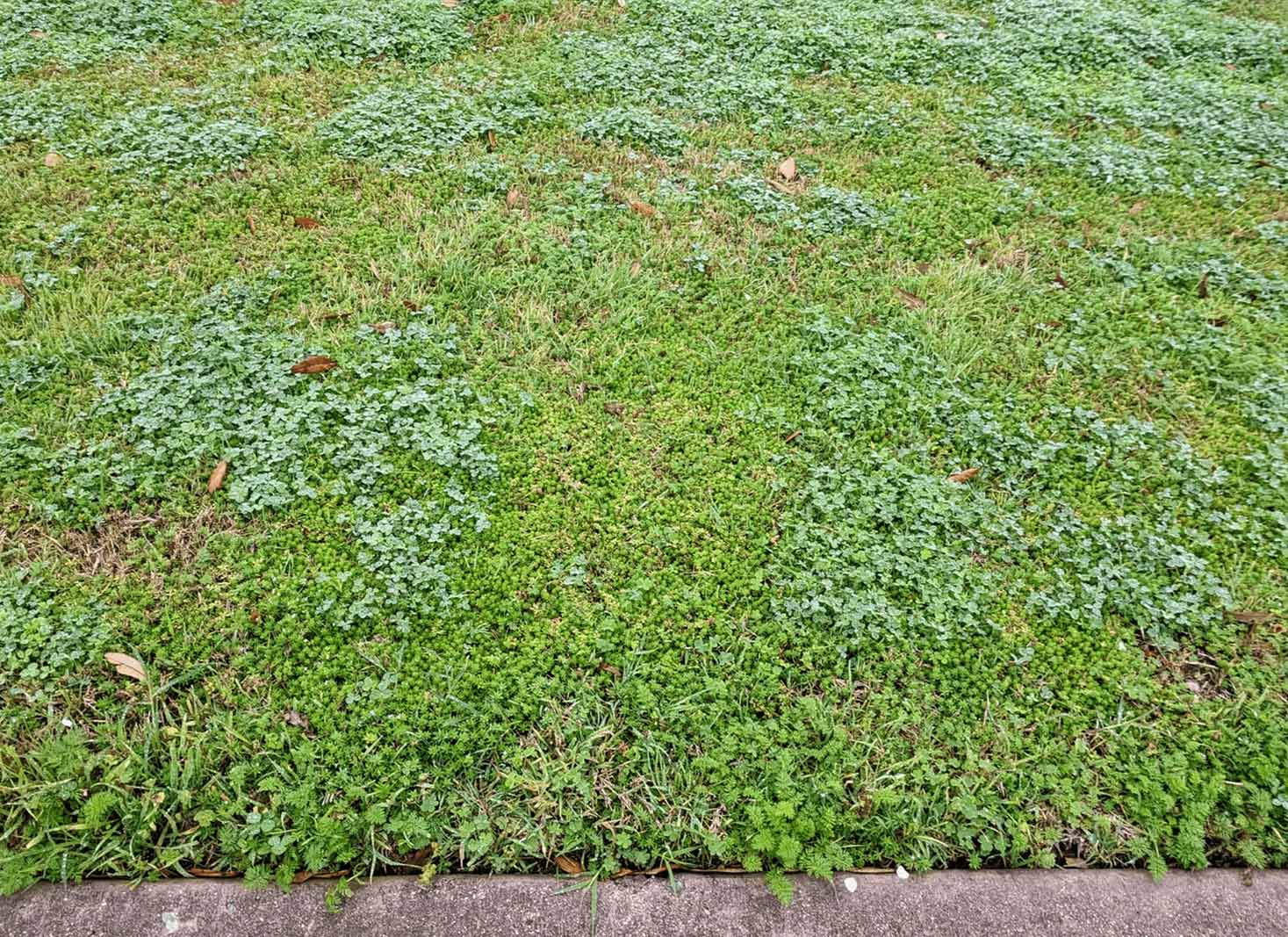
To effectively control crabgrass without harming St. Augustine grass, a variety of chemical and natural solutions can be employed. Quinclorac- and atrazine-based herbicides are two chemical options that have been proven effective in controlling crabgrass, although caution must be taken as they can be harmful to other plants and require precise application.
If you are seeking natural alternatives, AgraLawn Crabgrass Killer and baking soda are viable options that can be used without causing damage to the surrounding St. Augustine grass.
Preventive measures
Properly managing crabgrass also involves implementing preventative measures, such as proper lawn maintenance, the use of pre-emergent herbicides, and optimal timing for pre- and post-emergent herbicides. Additionally, spot treatment techniques like glyphosate-based spot treatments and Celsius Herbicide can be utilized for targeted crabgrass control.
Chemical control options for St. Augustine grass
Quinclorac- and atrazine-based herbicides are the primary chemical control options for managing crabgrass in St. Augustine grass. These herbicides have been proven effective against crabgrass, but they can harm other plants and require careful application to avoid causing damage.
Let’s take a look into the specifics of quinclorac- and atrazine-based herbicides, discussing their effectiveness and application tips.
Quinclorac-based herbicides
Quinclorac-based herbicides are post-emergent herbicides used to control a variety of invasive broadleaf weeds, sedge grasses, and crabgrass. The active ingredient, quinclorac, is rapidly absorbed by the plant, allowing for control of a broad spectrum of weeds.
However, quinclorac-based herbicides must be used with caution, as they can potentially cause damage to St. Augustine grass. When utilizing quinclorac-based herbicides, it is imperative to read and adhere to the label instructions, ensuring the product is applied at the recommended rate and timing.
By following these guidelines, you can effectively manage crabgrass while minimizing the risk of harm to your St. Augustine grass.
Atrazine-based herbicides
Atrazine-based herbicides are another option for controlling crabgrass in St. Augustine grass. These herbicides, featuring atrazine as the active ingredient, are effective in suppressing crabgrass, but they are not the most suitable herbicide for killing it. Atrazine-based herbicides are used for controlling a variety of broadleaf and grassy weeds, both in pre- and post-emergence stages.
While atrazine-based herbicides can be an effective option for crabgrass control, they must be used with caution. Misapplication can lead to damage to other plants and even contaminate nearby water sources. As with any herbicide, it is essential to read and follow the label instructions carefully, ensuring precise application to avoid unintended harm.
Our top pics
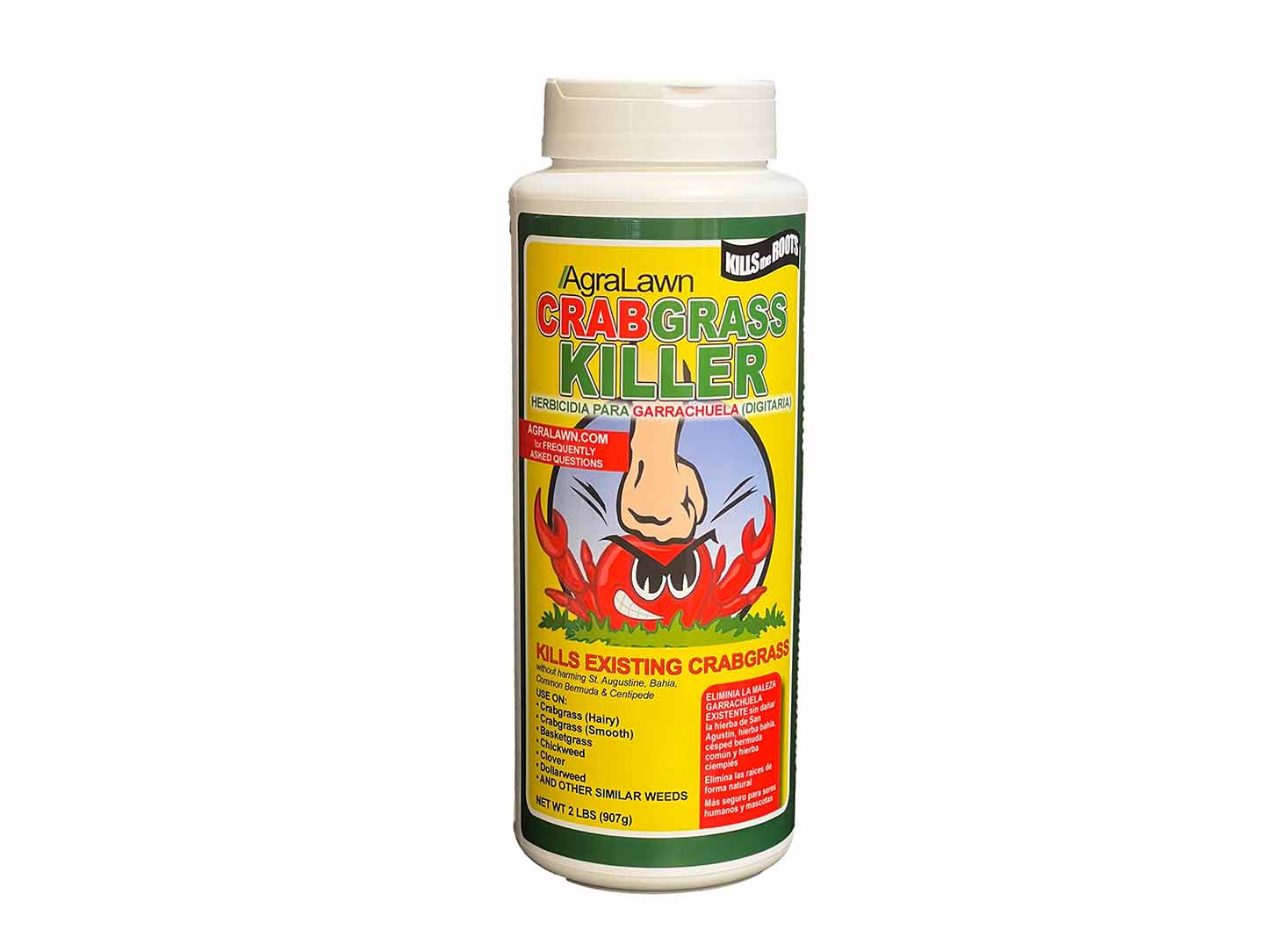
After a thorough investigation of the various crabgrass control options for St. Augustine grass, we have narrowed down our top picks to:
- Agralawn crabgrass killer,
- Scott’s crabgrass killer, and
- Asulox crabgrass killer.
Each of these options has its own set of advantages and disadvantages, which we will discuss in detail in the following subsections.
Agralawn crabgrass killer
Agralawn crabgrass killer is a selective, post-emergent herbicide formulated for year-round spot treatment control of crabgrass and other undesirable weeds. It is an all-natural organic weed control composed of cinnamon, corn meal, wheat flour, sodium bicarbonate, and cumin. Agralawn crabgrass killer is safe for use in the vicinity of children and pets, making it an attractive option for homeowners seeking an eco-friendly solution.
However, Agralawn crabgrass killer may not be as effective as certain chemical-based herbicides and might require multiple applications to achieve the desired results. Despite this potential drawback, many homeowners appreciate the organic nature of this product and its ability to effectively manage crabgrass without posing risks to their families or the environment.
Scotts crabgrass killer
Scott’s crabgrass killer is a pre-emergent weed killer plus fertilizer designed to prevent crabgrass from invading and to provide long-term protection against other listed grassy and broadleaf weeds. This product is best applied when the soil temperature is at least 55 degrees Fahrenheit and the grass is actively growing.
One downside to using Scott’s crabgrass killer is that it may not be as effective against established crabgrass as post-emergent herbicides. However, when applied early in the season, before crabgrass germination, it can provide season-long protection against this invasive weed.
Asulox crabgrass killer
Asulox crabgrass killer is a herbicide proven effective in controlling johnsongrass, crabgrass, goosegrass, barnyard grass, and foxtail. It can be applied as a single or broadcast application on ornamentals, as well as a post-emergent treatment. This versatility makes Asulox an attractive option for managing crabgrass in St. Augustine grass.
The advantages of using Asulox crabgrass killer include its effectiveness in controlling a variety of grassy weeds and its ease of application. However, as with any herbicide, it is essential to follow the manufacturer’s instructions and apply the product carefully to avoid damage to other plants or contamination of nearby water sources.
Natural and organic solutions for crabgrass control
If you are seeking natural and organic solutions for crabgrass control, AgraLawn Crabgrass Killer and baking soda are two viable options that can effectively eliminate crabgrass without harming St. Augustine grass.
In the following subsections, we will discuss these natural alternatives in more detail, highlighting their benefits and potential drawbacks.
AgraLawn crabgrass killer
AgraLawn Crabgrass Killer is a selective, post-emergent herbicide that effectively targets crabgrass weeds without causing damage to the surrounding grass. This eco-friendly yard treatment is formulated with natural ingredients such as cinnamon, cornmeal, wheat flour, sodium bicarbonate, and cumin. As an organic weed control, it is safe for use around children and pets.
While AgraLawn Crabgrass Killer is an effective and eco-friendly solution, it may not be as potent as chemical-based herbicides and may require multiple applications to achieve the desired results. Nevertheless, this product serves as an excellent option for homeowners seeking a natural solution for crabgrass control.
Baking soda as a homemade solution
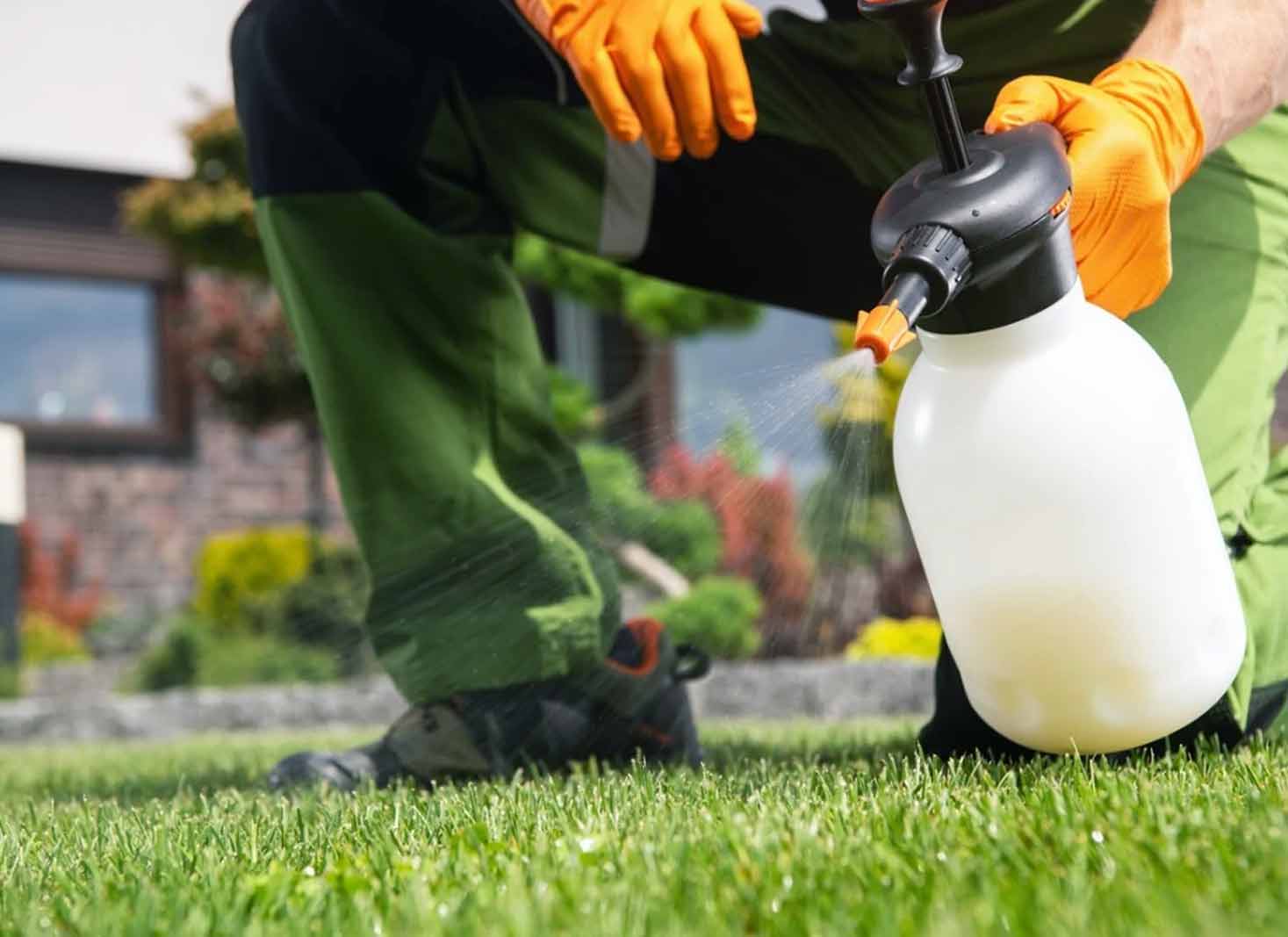
Baking soda can be used as a homemade solution for crabgrass removal in St. Augustine grass. It works by dehydrating and destroying the root system of the plant, effectively eliminating the weed. However, it is essential to apply baking soda evenly and completely to the affected area, as it can easily be dispersed if not sufficiently moistened.
Mix one part baking soda with two parts vinegar and apply the paste to the target weed. While baking soda may not provide a permanent solution for crabgrass control, it is an all-natural alternative that can be effective with proper application and multiple treatments.
Preventative measures for crabgrass management
In addition to the various control methods discussed so far, preventative measures also play a crucial role in managing crabgrass in St. Augustine’s lawns. Proper lawn maintenance, the use of pre-emergent herbicides, and mowing high can help create an environment that is less conducive to crabgrass growth, ultimately preventing infestations from occurring in the first place.
Proper lawn maintenance
Proper lawn maintenance can go a long way in preventing crabgrass growth in St. Augustine grass. Mow the lawn at a 3.5-to 4-inch height of cut. Tall grass provides shade to the soil and keeps it cool. This is important because crabgrass seeds do not germinate under cool conditions.
Additionally, maintaining healthy soil and proper fertilization can create a dense lawn that is more resistant to crabgrass invasion. However, avoid summer fertilization because crabgrass benefits from fertilizer application under high temperatures.
Water your lawn deeply at least once a week because Crabgrass typically thrives in hot and dry conditions, so ensuring your lawn receives adequate moisture can help discourage crabgrass growth.
Pre-emergent herbicides
Pre-emergent herbicides are a powerful tool in preventing crabgrass infestations in St. Augustine grass. These herbicides work by inhibiting weed seeds from germinating and establishing roots or shoots, effectively stopping crabgrass before it starts.
Applying pre-emergent herbicides in early spring, before the soil temperature reaches 55 degrees Fahrenheit, early Spring, and before crabgrass germination, can provide season-long protection against this invasive weed.
While pre-emergent herbicides can be highly effective in preventing crabgrass growth, it is important to apply them correctly and at the right time. Following the manufacturer’s instructions and ensuring even coverage with a calibrated lawn spreader will help maximize the efficacy of these herbicides, keeping your St. Augustine grass crabgrass-free.
Spot treatment techniques for targeted crabgrass control
In some cases, targeted spot treatment techniques may be necessary to control crabgrass in St. Augustine grass. There are two available options proven to be effective in targeting specific areas of crabgrass without damaging the surrounding grass:
- Glyphosate-Based Spot Treatments, and
- Celsius Herbicide.
Glyphosate-based spot treatments
Glyphosate-based spot treatments are an effective method for targeting specific areas of crabgrass infestation in St. Augustine grass. These herbicides are applied directly to the weeds or grasses requiring control, making them less likely to damage surrounding plants or cause environmental harm.
However, glyphosate-based spot treatments can be challenging to apply precisely and may not be as efficient as other herbicides. It is important to read and follow the instructions on the product label, wear protective clothing, and avoid contact with the treated area until the product has dried.
Celsius herbicide
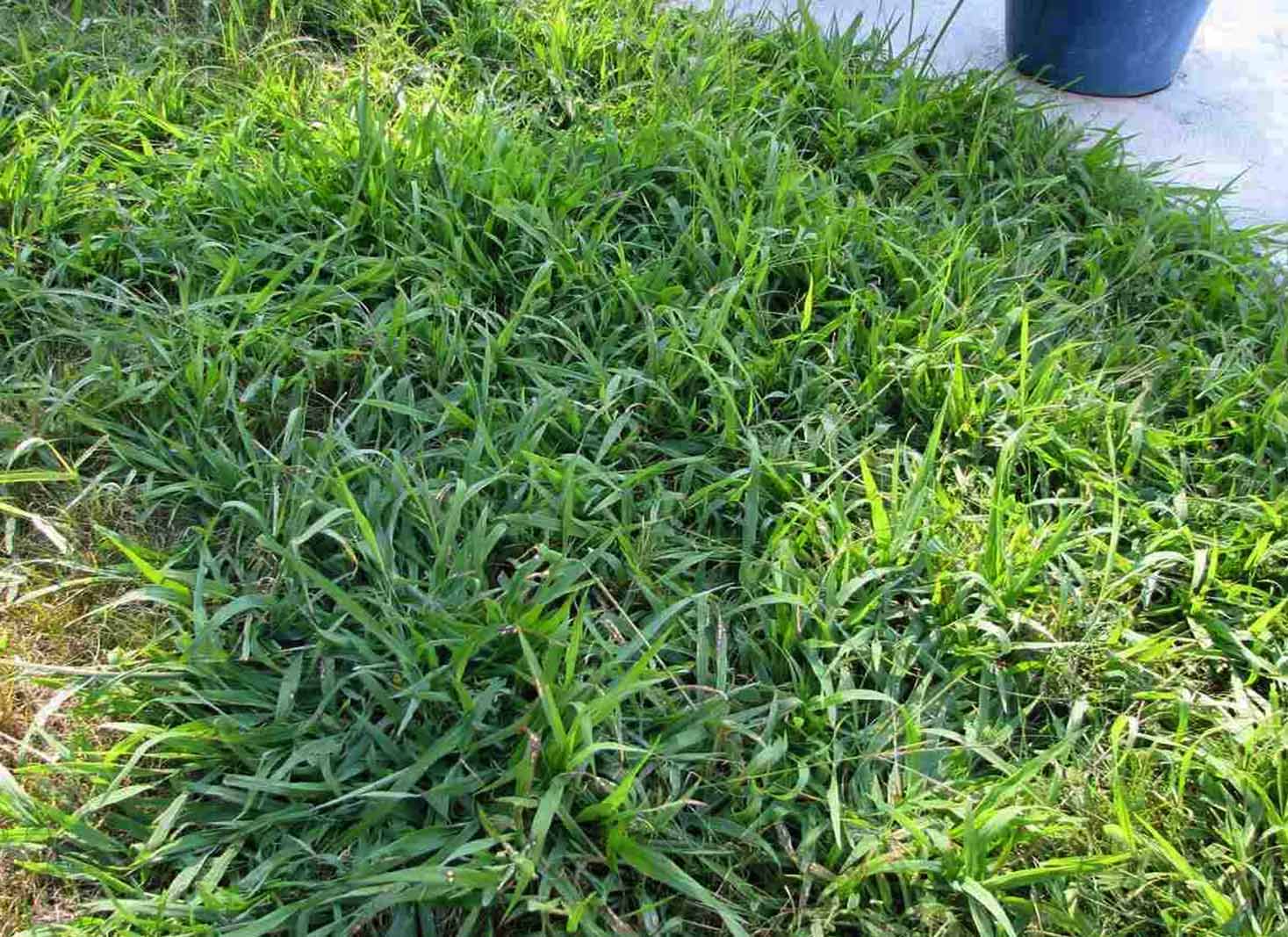
Celsius Herbicide is a post-emergent herbicide that provides effective broad-spectrum control of grassy weeds, such as crabgrass, in southern grasses like St. Augustine without causing damage to the turf. This herbicide is available in the form of wettable granules and contains up to three active ingredients for optimal weed control.
When using Celsius Herbicide, it is important to follow the manufacturer’s instructions and apply the product carefully to avoid damage to other plants or contamination of nearby water sources. With proper application, Celsius Herbicide can be an effective tool for targeted crabgrass control in St. Augustine grass.
Timing and application tips for effective crabgrass control
To achieve effective crabgrass control in St. Augustine grass, it is crucial to apply pre- and post-emergent herbicides at the optimal time and to follow proper application techniques. This helps ensure the best results and minimizes the risk of damage to other plants or contamination of nearby water sources.
Optimal timing for pre- and post-emergent herbicides
The optimal timing for applying pre- and post-emergent herbicides for effective crabgrass control in St. Augustine grass is crucial. Pre-emergent herbicides should be applied in early spring before the soil temperature reaches 55 degrees Fahrenheit and before crabgrass germination. This ensures that the herbicides have the best chance of preventing crabgrass growth before it has a chance to establish itself in your lawn.
Post-emergent herbicides should be applied when the weeds are actively growing to maximize their effectiveness. By adhering to these timing guidelines and following the manufacturer’s instructions, you can help ensure successful crabgrass control in your St. Augustine grass.
Proper application techniques
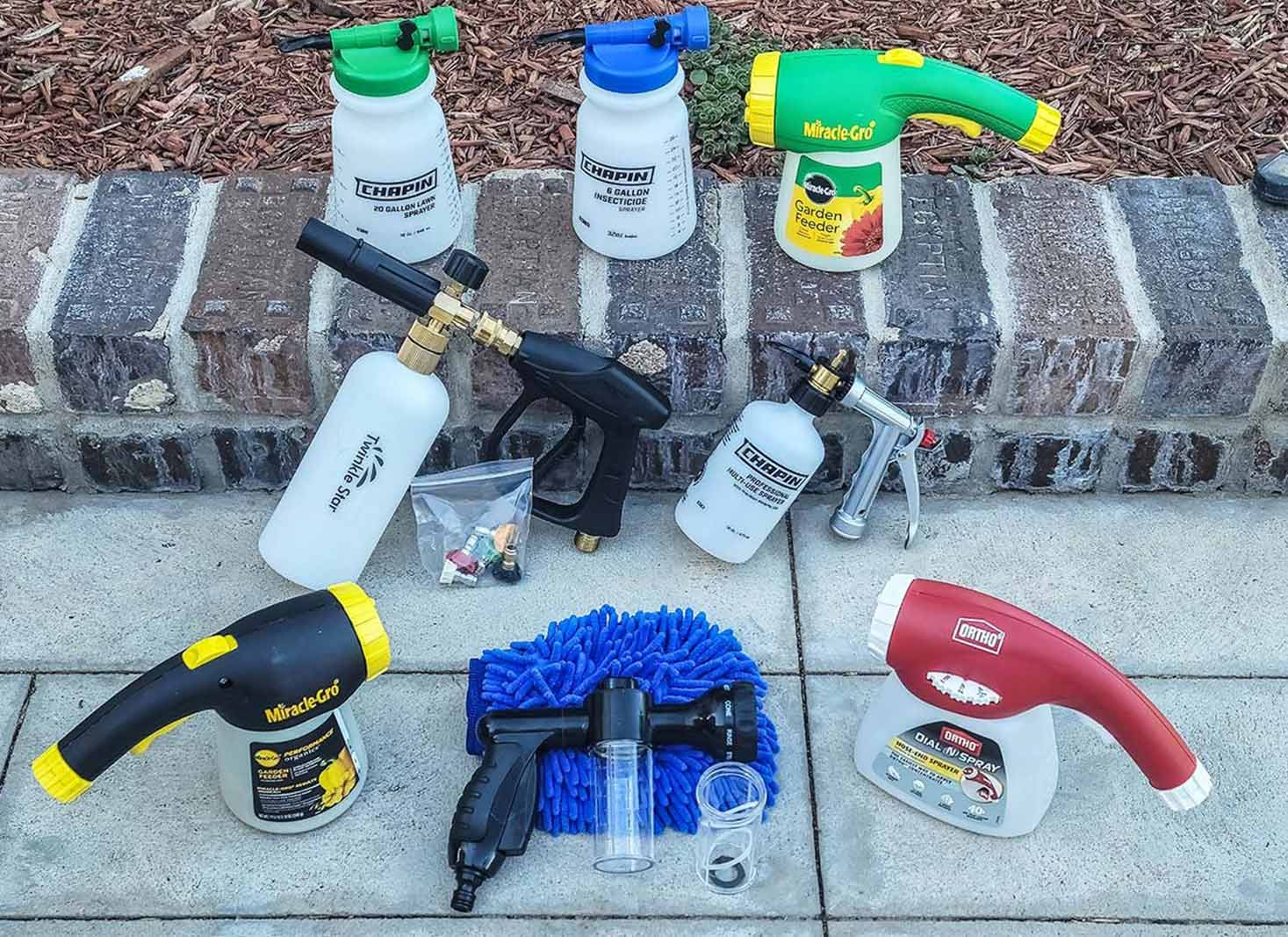
In addition to optimal timing, proper application techniques are essential for effective crabgrass control in St. Augustine grass. When applying liquid sprays, it is essential to be aware of wind speed and direction. Not doing so could result in spray drift, which would negatively affect nearby plants. When using granules, it is essential to employ a correctly calibrated lawn spreader to guarantee even coverage.
By following these application techniques and the manufacturer’s instructions, you can maximize the effectiveness of your chosen herbicide and minimize the risk of damage to your St. Augustine grass or nearby plants. With proper timing and application, you can successfully manage crabgrass and maintain a healthy, beautiful lawn.
Summary
- Managing crabgrass in St. Augustine grass can be a challenging task, but with the right tools and techniques, it can be successfully managed.
- From chemical control options like quinclorac- and atrazine-based herbicides to natural and organic solutions like AgraLawn Crabgrass Killer and baking soda, there are various methods to tackle this invasive weed.
- By implementing preventative measures such as proper lawn maintenance and pre-emergent herbicides, as well as employing targeted spot treatments, you can maintain a healthy, crabgrass-free St. Augustine lawn.
- With persistence and the right approach, your lawn will be the envy of the neighborhood.
FAQ's
Baking soda is known as a good option for killing crabgrass permanently. Baking soda dries and kills crabgrass permanently by targeting crabgrass as its central root while drying it up.
Crabgrass pre-emergent herbicides are applied in very early spring and again 90 days later in early summer. The optimal time to do this is two weeks before the “average” last freeze date in your area.
